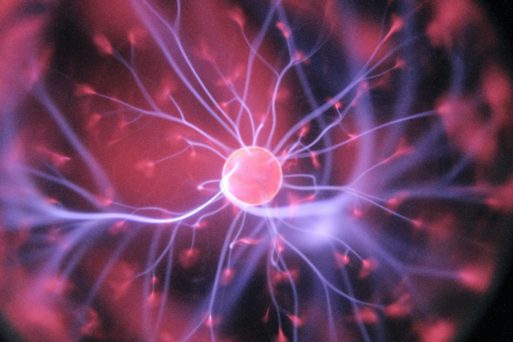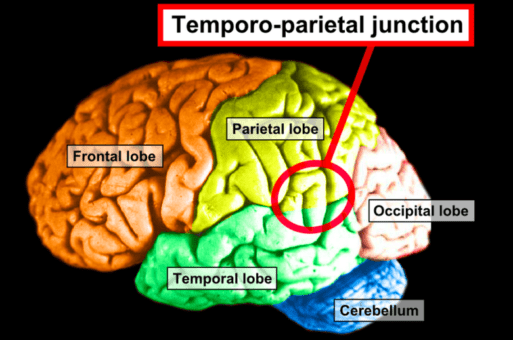
Gamma wave activity has been shown to increase in some patients nearing death.
Credit: Hal Gatewood
Those approaching death often report near-death experiences such as leaving their bodies, seeing dead loved ones, or watching their life flash before their eyes. Now, researchers have discovered a spike in brain activity that could explain these phenomena.
Scientists led by Jimo Borjigin at the University of Michigan studied four comatose patients in the neurointensivecare unit undergoing an electroencephalogram (EEG) while dying. After the ventilator was removed, two patients displayed a marked surge in gamma wave activity in the temporo-parietal-occipital junction of the brain — a region that has been associated with dreaming, hallucinations, and altered states of consciousness. The other two showed no such changes.

Researchers found the temporo–parietal–occipital (TPO) junction displayed an increase in gamma wave activity in some people nearing death.
Credit: John A. Beal
The researchers’ findings were published in the journal Proceedings of the National Academy of Sciences on May 9, 2023.
The University of Michigan study comes on the heels of an accidental study of an 87-year-old patient who was undergoing an EEG test when he suffered a heart attack. The recording also showed an increase in gamma activity. Previously, Borjigin and her team had conducted studies on rats that resulted in similar findings.
“How vivid experience can emerge from a dysfunctional brain during the process of dying is a neuroscientific paradox,” Borjigin told The Guardian of the new research. “We saw potential neuro-signatures of consciousness.”

Credit: Tima Miroshnichenko
Sam Parnia, a pulmonologist at New York University Langone Medical Center who was not involved in the study, agreed. The report “suggests we are identifying a marker of lucid consciousness,” Parnia told Science. “We have this binary concept of life and death that is ancient and outdated.”
New evidence of brain activity near death may also help explain the mysterious state exhibited by Tibetan Buddhists, who die while meditating. Some achieve a state known as “tukdam,” in which their bodies remain upright and do not decompose for a significant length of time. “There may be some more subtle brain activity that is responsible for the signs of tukdam,” neuroscientist Richard Davidson, founder and director of the Center for Healthy Minds at the University of Wisconsin-Madison, said in a documentary on the subject titled, “Tukdam: Between Worlds.” The fact that you see a flat line does not necessarily mean that the entire brain is dead.”
In 2019, researchers at Yale University School of Medicine used a new system called BrainEx to restore some function parts of pigs’ brains after they died. Their success raised numerous questions around the possibility of one day reviving patients from brain death and even restoring consciousness.
Still, Borjigin said that the implications of this near-death brain activity remain inconclusive. “I really wanted to be able to define something in the brain that can potentially explain that subjective near-death experience,” she told Medical News Today. “Some of these patients might have if they had survived to tell their stories, but unfortunately they didn’t.”

 Study: Brain Activity Can Surge at Time of Death
Study: Brain Activity Can Surge at Time of Death


 Mishap With Grandpa’s Ashes Highlights Growing Trend to Keep Cremains at Home
Mishap With Grandpa’s Ashes Highlights Growing Trend to Keep Cremains at Home

 “Hello, Goodbye: 75 Rituals for Times of Loss, Celebration, and Change” by Day Schildkret
“Hello, Goodbye: 75 Rituals for Times of Loss, Celebration, and Change” by Day Schildkret














